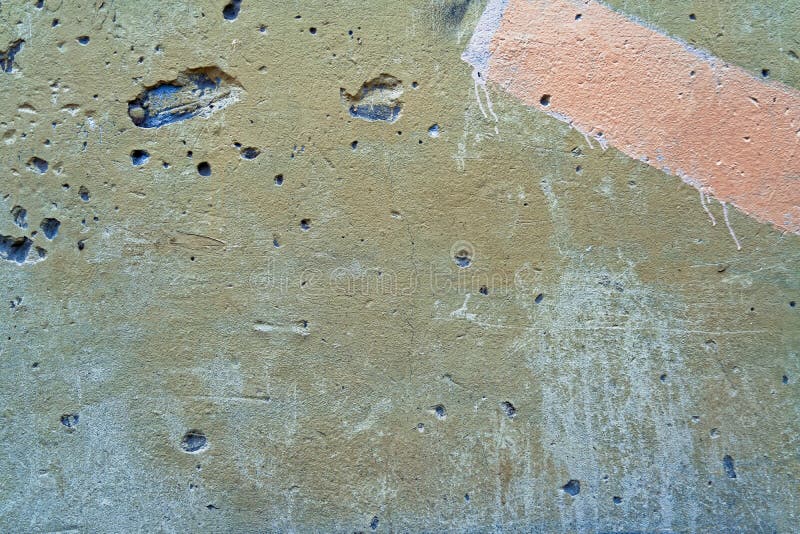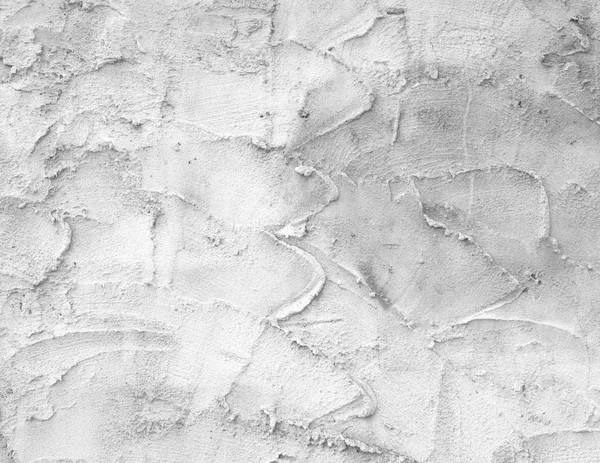
Old plaster wall how to#
Our guide to how to repair plaster covers everything from cracks and bulges to loose plaster and damp in greater detail. Lime plaster is then applied over them and matched in with the surrounding surface. Where necessary laths can be replaced – these are best fixed with screws to avoid vibrations.

Generally ceilings are relatively easy to replaster.

This is especially true with old ceilings. Unlike traditional plaster finishes it is flat and can look out of place in a period building. Adequate hair or other reinforcement is crucial on flexible backgrounds.Īlways try to avoid the use of plasterboard. Plasterwork should last indefinitely, but when deterioration does occur it can take various forms:ĭeterioration often looks worse than it is and repair rather than replacement is often possible.Īny replacement, where justified, should normally comprise the same material and number of coats. Of course the solution that will give you the best finish is to get another skim coat of plaster applied.Mixing animal hair into the mix helps bind it together and make it stronger When to replaster walls and ceilings The benefit here is that the lining paper will smooth out the wall further hiding any remaining imperfections. You might be better off sealing with the dilute PVA then putting up lining paper - which does stick quite well - and then painting that. Again you could try a higher ratio to see if you can find a mixture that still seals but then accepts paint better. How dilute did you make the mixture in the past? I've used a 5:1 water to glue ratio for sealing a ceiling I was going to paper which worked well. You might want to try this on a section of the wall before doing the whole lot to see if you get a good finish.ĭilute PVA will definitely seal the plaster and I can't think of an obvious reason why you shouldn't use the wood glue - but there may be differences in the formulation you need to look out for. My first choice would be to wipe down and then paint with a coat of diluted emulsion as you suggest. You do need to seal the plaster otherwise the new paint won't stick as you point out. I have 5L of woodglue in the garage that I will never use - could I dilute this down and seal the walls with this? In my limited experience, painting over a PVA sealed wall is a real pain - the paint does not cover well and it requires more coats.ġ) If I do seal the wall, do I still need to water down the first coat of emulsion (as if I were painting on new plaster)?Ģ) Is there a difference between PVA sealer (e.g. What's the correct thing to do? Jut give the wall a good wipe down and then paint with a diluted emulsion for the first coat or fist seal it using PVA? I am nervous that if I paint on to this the paint will not key/adhere properly. you can rub your hand over it and it generate dust - unlike new plaster which has a firm shiny finish. The wall is dry and the plaster looks in good shape for the most part but it is old and "dusty" - i.e.

We have just peeled off some old paintwork from our walls.


 0 kommentar(er)
0 kommentar(er)
